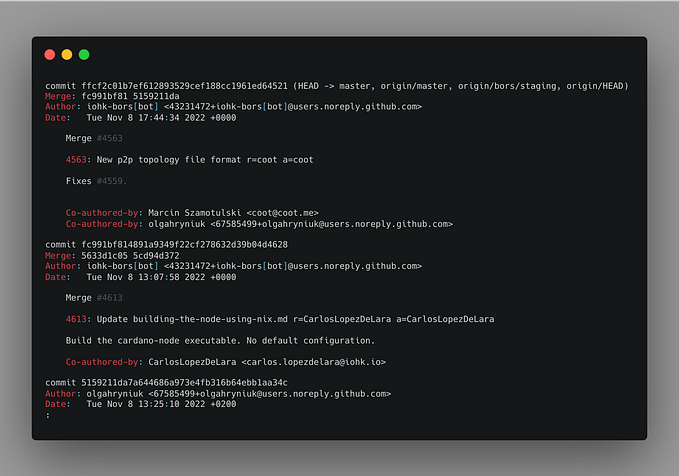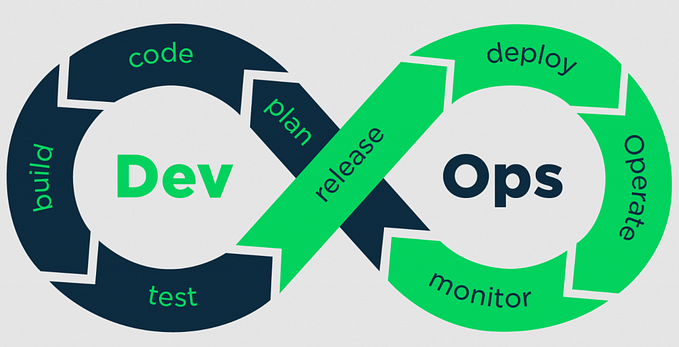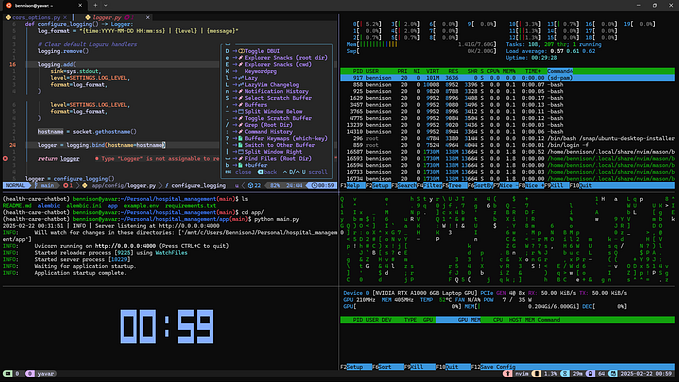Onboarding and auto-discovery of baremetal servers on IBM Storage Fusion HCI

In today’s world of containerization and app modernization, it is very common for organizations to grow their existing cluster infrastructure to meet the increased workload demand. Fusion HCI makes this operation seamless with it’s day 2 node up-size experience.
In this article, we’ll look at the process of growing an existing OpenShift cluster hosted by Fusion HCI. This is accomplished by adding new bare metal nodes to the rack. Fusion HCI automatically detects the new nodes, making the process of scaling out the cluster easy.
We are focusing on locating the un-configured bare-metal server devices on the cluster network and configuring them automatically, whenever a IBM Fusion HCI cluster undergoes expansion by adding bare-metal servers.
Fusion HCI architecture is configured with an IPv6 internal management network, intended to manage its hardware inventory. All the hardware components that are integral part of HCI appliance are connected to the management switch via this network, forming a management network.
Fusion HCI management software continuously monitors the health of the existing inventory and watches for new hardware. During monitoring, when a new server is connected to the HCI management network, its MAC address is detected by the Fusion HCI compute monitoring operator and as new hardware that is not part of existing inventory. This is considered to be a cluster expansion request.
Upon discovering new MAC address, Fusion HCI verifies if this device is a supported bare-metal hardware type by a known hardware vendor.
Fusion HCI supported hardware is shipped with a pre-configured default password, which should be changed upon first time login. Fusion management software configures the server and makes it eligible to be added to OpenShift cluster.
The set of configurations that will be performed as a prerequisite are as follows:
- Enable IPMI port for the remote access of the BMC(Baseboard management controller)
- Configure IPv6 address on the server in order to access over the management network.
- Enable required ports.
- Synchronize the clock with OpenShift cluster.
- Create users.
- Configure power restore policy.
- Configure remote access password policy.
- Set the network boot-order.
- Configure RAID controller on a storage server.
- Set the BIOS configuration for optimal performance.
- Configure SNMP, to subscribe for hardware alerts.
Fusion creates a custom resource named ComputeDiscovery and ComputeConfiguration for automatic cluster expansion upon new hardware addition on the appliance. Following is the workflow abstraction depicting the process of baremetal server automatic discovery and on-boarding to Fusion HCI ecosystem.

Upon successful discovery and configuration of the bare-metal server the server gets listed on Fusion GUI under infrastructure->nodes->discovered table ready to be added to OpenShift cluster. To learn how to add this new node to the Fusion HCI OpenShift cluster refer to this article. (IBM Fusion HCI: Simplified OpenShift cluster expansion)

To learn more about IBM Fusion HCI visit https://ibm.github.io/storage-fusion/fusion-hci/overview
Disclaimer: The above article is personal and does not necessarily represent IBM’s positions, strategies, or opinions.





